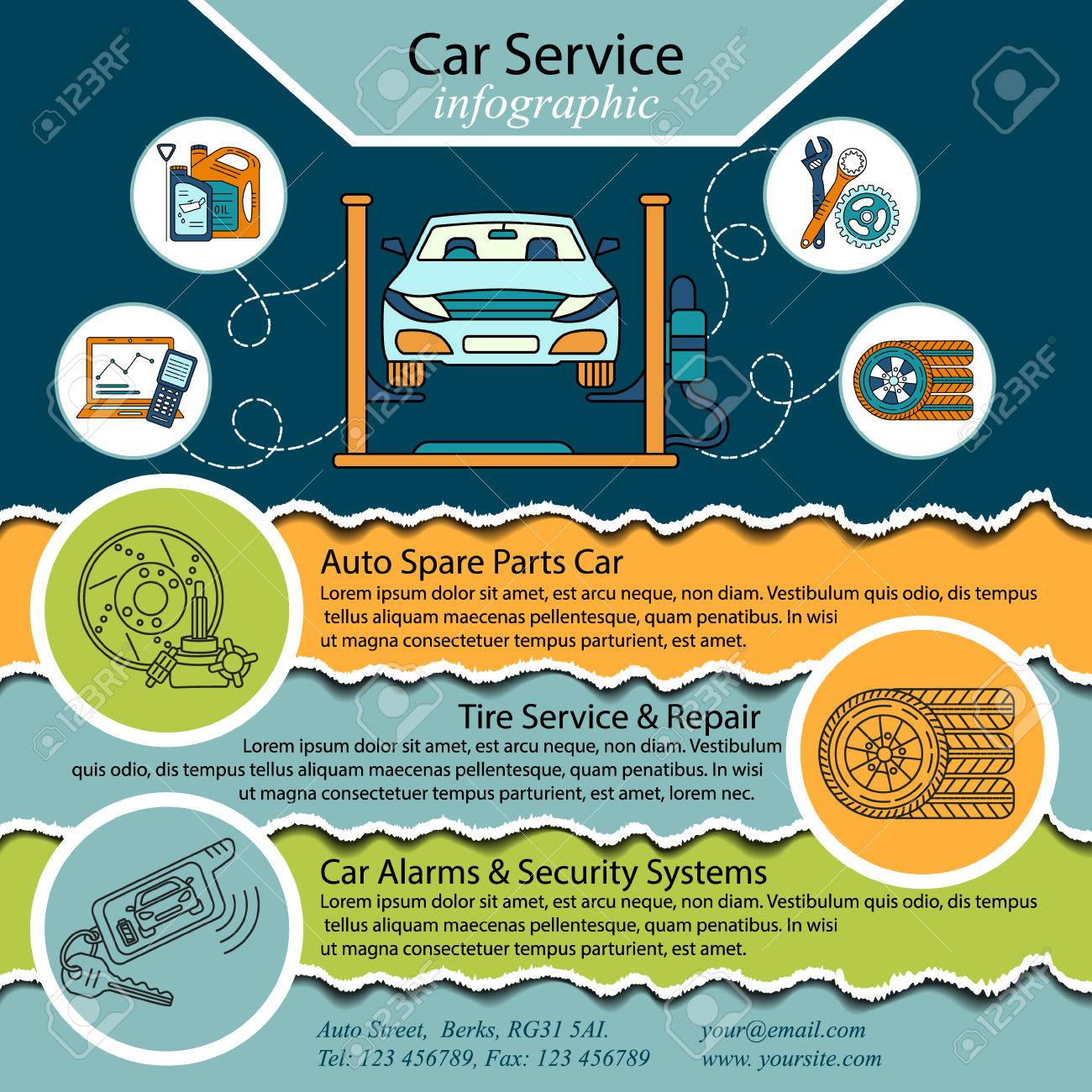Comprehending The Definition Behind Your Automobile'S Caution Lighting: A Thorough Appearance
Comprehending The Definition Behind Your Automobile'S Caution Lighting: A Thorough Appearance
Blog Article
Content Author-Sykes Stark
When you're behind the wheel, those radiant warning lights on your control panel can be a little bit puzzling. Do you recognize what they're attempting to tell you about your auto's wellness? Understanding the significance of these lights is crucial for your safety and the long life of your vehicle. So, nzfloatdetailing of those lights turns up, wouldn't you want to understand its message properly and take the necessary steps to address it?
Common Warning Lighting and Interpretations
Identify common warning lights in your auto and recognize their meanings to make certain secure driving.
One of the most common warning lights include the check engine light, which signals issues with the engine or exhausts system. If cardetailingnearbeachlands begins, it's vital to have your car checked quickly.
The oil stress alerting light indicates reduced oil stress, requiring instant focus to stop engine damages.
A blinking battery light could suggest a damaged charging system, potentially leaving you stranded if not resolved.
The tire stress surveillance system (TPMS) light informs you to low tire pressure, impacting automobile stability and fuel efficiency. Disregarding this could bring about unsafe driving problems.
The abdominal light indicates a trouble with the anti-lock braking system, endangering your capacity to stop quickly in emergency situations.
Finally, the coolant temperature level cautioning light warns of engine overheating, which can result in extreme damage otherwise settled promptly.
Understanding these common warning lights will aid you attend to problems immediately and preserve risk-free driving conditions.
Relevance of Prompt Attention
Understanding the typical warning lights in your car is only the primary step; the relevance of promptly addressing these warnings can't be emphasized enough to guarantee your security when traveling.
When a caution light illuminates on your dashboard, it's your vehicle's way of connecting a prospective problem that needs attention. Neglecting these warnings can lead to a lot more extreme problems down the road, jeopardizing your safety and security and possibly costing you much more in repairs.
Trigger focus to advising lights can prevent failures and crashes. As https://www.businessinsider.com/10-things-your-car-mechanic-wont-tell-you-2019-3 , a flashing check engine light could suggest a misfire that, if left unattended, might create damage to the catalytic converter. Resolving this without delay can conserve you from a pricey repair work.
Likewise, a brake system advising light could indicate low brake liquid or used brake pads, critical parts for your safety and security when driving.
Do It Yourself Troubleshooting Tips
If you notice a caution light on your dashboard, there are a couple of DIY troubleshooting suggestions you can attempt before seeking specialist assistance.
The initial step is to consult your automobile's handbook to understand what the certain warning light indicates. Often the problem can be as simple as a loosened gas cap activating the check engine light. Tightening up the gas cap may fix the problem.
One more usual problem is a reduced battery, which can cause different warning lights. Inspecting the battery links for corrosion and guaranteeing they're safe might fix the issue.
If a caution light lingers, you can try resetting it by separating the auto's battery for a couple of mins and afterwards reconnecting it. In addition, examining your vehicle's liquid degrees, such as oil, coolant, and brake liquid, can help repair advising lights connected to these systems.
Final thought
In conclusion, recognizing your automobile's warning lights is necessary for keeping your automobile running smoothly and securely. By promptly dealing with these signals and recognizing what they indicate, you can stay clear of costly fixings and possible malfunctions.
Keep in mind to consult your automobile's guidebook for specific information on each warning light and do something about it as necessary to guarantee a trouble-free driving experience.
Remain informed, remain risk-free when driving!
